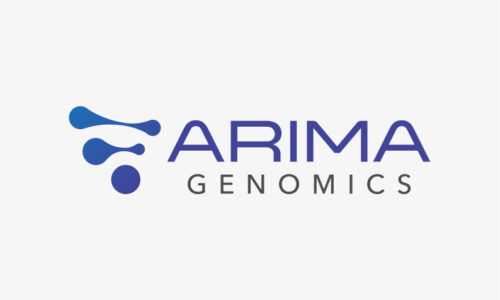October 5, 2020
Share
SAN DIEGO–(BUSINESS WIRE)–Arima Genomics, Inc., a biotechnology company accelerating the adoption of the genome structure information, announced today that its new high-coverage HiC technology has been evaluated and implemented at the Wellcome Sanger Institute for projects, including the Darwin Tree of Life project, in an effort to explore the true genetic diversity between species and between individuals within a species.
The Wellcome Sanger Institute is one of the world’s leading genome science research hubs that advances the world’s understanding of the genetics of human health and disease. The Institute’s research programs range from cancer genomics, single-cell human genetics, population human genetics and species evolution, and its findings have unlocked critical insights in the areas of drug development, new treatment options and novel biomaterials.
HiC data captures the three-dimensional folding patterns of genomes within cells, and consequently, it facilitates the assembly of its linear unfolded state. Such a linearized genome is the foundational representation of an organism’s DNA and is commonly used to compare genomes within and between species in order to elucidate the link between genetics and disease. The Wellcome Sanger Institute is using the next generation of Arima Genomics’ HiC kits developed to generate sequencing data with improved coverage uniformity. “The high-coverage HiC data provides more evenly distributed shotgun reads and associated long range linkages that aid the scaffolding of contigs to improve assembly contiguity,” said Michael Quail, Principal Scientific Manager, DNA Pipelines R&D at the Wellcome Sanger Institute. “The newer Arima kits are being used because we found them to be robust across a range of tissue types from diverse vertebrate and invertebrate species. Kit robustness to a diversity of samples is an essential requirement for the Darwin Tree of Life Project.”
Feedback and data generated by early customers helped to optimize toward low-input capability and varied sample storage conditions. “The high-coverage HiC kits generated high signal-to-noise libraries in samples with limited input amounts such as 2uL of zebra finch blood,” said Olivier Fedrigo, Director of the Vertebrate Genome Laboratory, The Rockefeller University. “Additionally, to mimic real world sample collection and storage conditions, we collected blood in ethanol tubes and preserved them at room temperature for a week – the Arima kits generated high-quality data despite potential sample degradation expected from such harsh conditions. Adaptability to field conditions is a key feature for the Vertebrate Genome Project (VGP), the Darwin Tree of Life Project, and the larger Earth BioGenome Project (EBP).”
In response to the community’s expectation that the production scale of genome assembly projects will get bigger, Arima is collaborating with academic partners to validate automation compatibility and optimize workflow speed to ensure quality, efficiency and convenience for the customer. “Nearly 20 years after the first draft assembly of the human genome was released, we are finally in a position to generate genome assemblies affordably at a cost less than $5,000 per gigabase genome size, nearly a million-fold down from $1 billion per gigabase two decades ago,” said Harris Lewin, Distinguished Professor at UC Davis and chair of the EBP. “Thanks to technological advances from industry partners, it is now possible to ascertain assemblies at very fine resolution in part because of the improved read coverage uniformity, and, also quickly in a span of days – creating an inflection point toward launching EBP with the aim to assemble DNA of all the planet’s eukaryote biodiversity, 1.5 million known species, over a period of 10 years.”
In addition to informing the linear unfolded states of genomes, HiC can also inform misfolded states of cancer genomes. In particular, cancer is a disease largely caused by genomic aberrations and such aberrations can be more accurately identified when the genome is observed from its innate three-dimensional structural state as captured by HiC. “Indeed, the folding information from HiC has proven to be an important component in our development of new algorithms for assembling structurally accurate cancer genomes,” said Shilpa Garg, K99 Fellow at Dana Farber Cancer Institute and Harvard Medical School. “More broadly, structurally accurate cancer genomes can help deconvolute the clonal architecture and evolution of tumor aberrations that impact therapeutics.”
As part of the plan to bring the latest Arima high-coverage kits to market, Arima Genomics today announced an Early Access Program. “Through this program, we aim to partner with the community to further validate the utility of genome structure information toward multiple areas of genomic science, from cancer evolution, T2T genome finishing, pan-genome analyses and species evolution, across a broad range of sample types and input amounts,” said Anthony Schmitt, Senior Vice President of Science at Arima Genomics. “We believe that the structural information of the genome is as fundamental as the sequence to shape the next generation of genomic discoveries – via launching relatable products, expanding structural applications, and financing our programs reliably from the proceeds of our Series A from earlier this year, we are excited to be part of this future.”
About Arima Genomics
Arima Genomics, Inc. is a biotechnology company that aims to accelerate the understanding of genome sequence and structure and their role in health, disease, and species evolution. For additional information, please visit: http://www.arimagenomics.com.
Originally published on Business Wire



